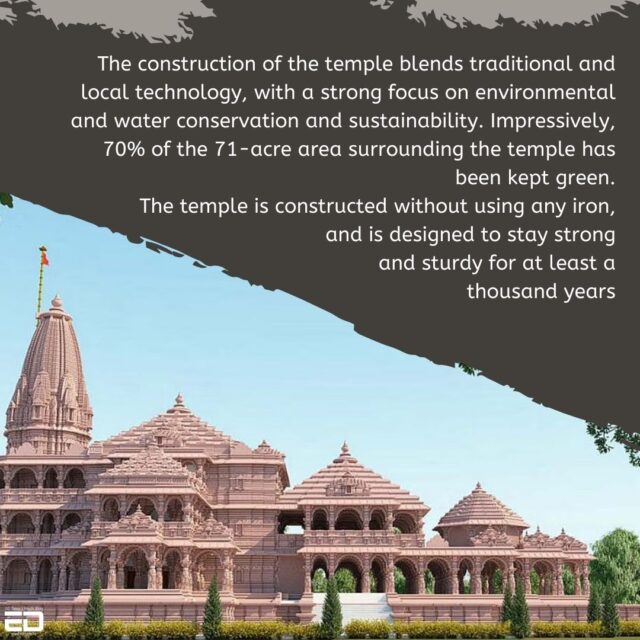The Ayodhya Ram Mandir Temple holds a profound historical and religious significance in India. The history of this sacred site is deeply rooted in the Ramayana, an ancient Indian epic that narrates the life and adventures of Lord Rama, one of the incarnations of the Hindu god Vishnu. Ayodhya, believed to be the birthplace of Lord Rama, became a place of reverence and pilgrimage for millions of devotees over centuries.
The controversy surrounding the site emerged during the medieval period when a mosque, known as the Babri Masjid, was constructed in the 16th century by Mughal Emperor Babur. Over time, conflicting claims emerged regarding the actual birthplace of Lord Rama and the validity of the mosque’s construction on the purported site. This led to a long-standing dispute and legal battles between Hindu and Muslim communities over ownership of the land.
Tensions escalated in 1992 when the Babri Masjid was demolished by a mob, leading to widespread communal riots across India. Subsequently, legal battles ensued to determine the rightful ownership of the site. In 2019, the Supreme Court of India issued a historic verdict, granting the disputed land to Hindu groups for the construction of a Ram Temple. The court also directed the allocation of an alternate piece of land to the Muslim community for the construction of a mosque.
Following the court’s verdict, the construction of the Ayodhya Ram Mandir Temple commenced in 2020. The temple’s design draws inspiration from ancient Indian architecture and is envisioned to be a grand structure dedicated to Lord Rama, symbolizing faith, cultural heritage, and a unifying symbol for millions of Hindus.
Also Read: ED VoxPop: We Ask Gen Z If Ayodhya Ram Temple Matters To Them
The Ayodhya Ram Mandir Temple’s construction signifies the resolution of a longstanding legal dispute. It holds immense significance for millions of devotees, signifying a cultural, religious, and historical milestone in India’s rich tapestry of beliefs and traditions.
On January 22, the Ram Mandir was inaugurated. Addressing thousands of attendees outside the temple complex, Indian Prime Minister Narendra Modi celebrated Monday’s consecration ceremony as the “commencement of a new era.” Expressing joy over the installation of the Lord Ram idol in the divine temple, Modi remarked, “After centuries of anticipation, our Ram has arrived, no longer residing in a tent but in this sacred temple.”
Emphasizing the historical significance of January 22, 2024, he envisioned it as a date that would be discussed for generations to come. Breaking an 11-day religious fast just before his speech, Modi unveiled a statue of Lord Ram, a revered Hindu deity, in a ceremony witnessed by millions. While not directly mentioning the Babri Masjid or the Muslim community’s sentiments, Modi asserted, “Ram is not a dispute; Ram is the solution,” pledging to forge ahead in building a capable, successful, beautiful, and divine India.
Here are some interesting facts about Ayodhya’s Ram Mandir.

Did you know about these facts? Tell us in the comments below.
Image Credits: Google Images
Feature image designed by Saudamini Seth
Sources: The Times Of India, Hindustan Times, Times Now
Find the blogger: Katyayani Joshi
This post is tagged under: Ayodhya Ram temple, Ayodhya, Ram mandir, religion, belief, complexities, politics, Babri Masjid, Ram Temple, religious beliefs, crazy facts, inauguration ceremony, Narendra Modi, celebration, Shri Ram, Thailand, twin
Disclaimer: We do not hold any right, copyright over any of the images used, these have been taken from Google. In case of credits or removal, the owner may kindly mail us.
Other Recommendations:
ED VOXPOP: WE ASKED INDIAN GENZ WHAT THEY THOUGHT OF THE ISRAEL-HAMAS WAR